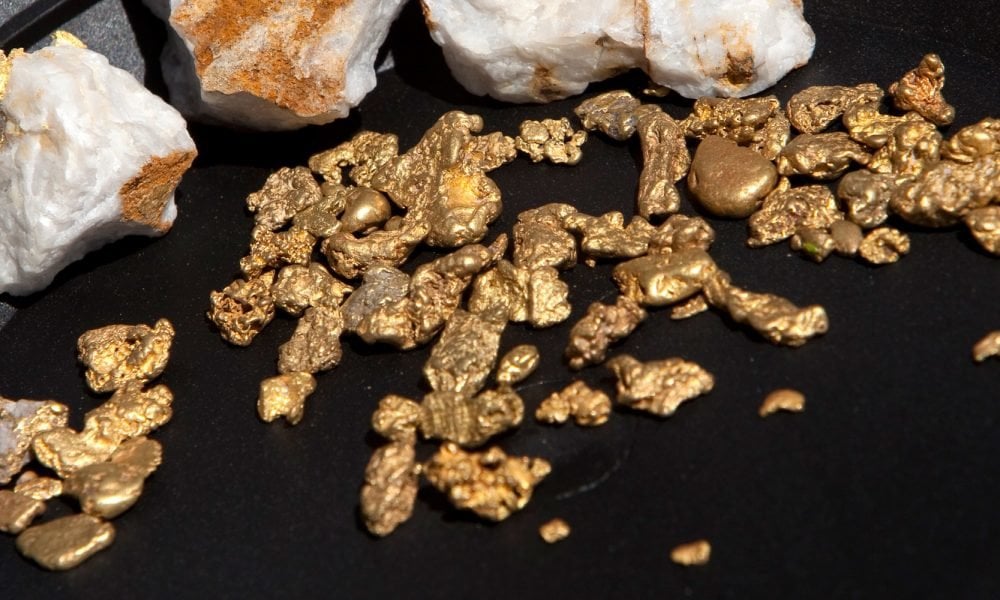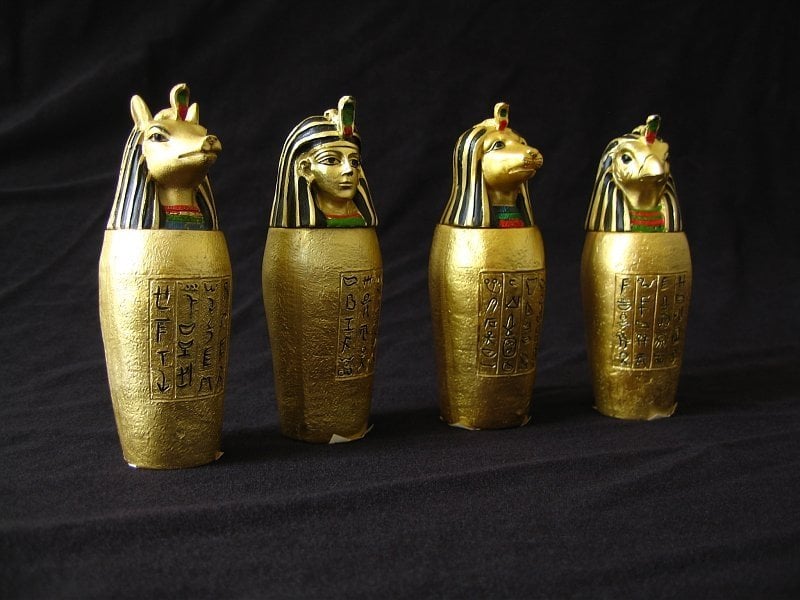
Thinking of Investing in Gold? Let Us Tell You Why That’s a Brilliant Idea.

Investors now have several options when investing in gold, from ETFs – exchange traded funds – to gold stockpiles and purchasing physical gold. Why buy gold? Why invest in this market? One set of investors argue that gold is a barbaric artifact without monetary links today. In a paper currency-fuelled economy, gold’s only advantage is its use in jewelry.

Others see bullion as an asset with intrinsic and unique qualities and a must for investor portfolios. In the modern age, the relevance of gold in investor portfolios and expanding investments in the gold marketplace, need to be studied.
Gold and Man
Around 3000 B.C ancient Egyptians started designing gold jewelry but gold as a currency began only in 560 B.C. when merchants needed a standard, easily moveable form of money to simplify trade transactions. The answer was standardized gold coins stamped with an official seal, as gold jewelry became widely accepted and prized all over the world. Gold signified wealth all over the world. In tune with this trend, in 1792, USA established a bimetallic standard which stated that every U S monetary unit was backed by gold or silver. One U.S. dollar equaled 24.75 granules of gold. Thus coins were backed by gold (or silver) deposited at the Federal Reserve Bank.

Maybe diamonds are forever but the gold standard fell. The Federal Reserve Bank was created in 1913 to issue promissory notes (today’s paper money) redeemable in gold on call. Ownership over all gold coins in flow in USA and stoppage of minting new gold coins was enabled the U.S. government through The Gold Reserve Act of 1934. In 1971, USA discarded the gold standard with the dollar no longer backed by gold reserves.
Gold as Wealth Preserver Today
Why is gold relevant today if U.S. dollar and worldwide currencies are not backed by gold? Though gold is irrelevant in everyday transactions, it retains its supremacy in the global economy. The central banks and financial organizations like the IMF hoard almost one-fifth of the supply of the world’s above-ground gold. Gold has successfully conserved national wealth through thousands of years while paper-denominated notes have limited staying power.
Cash, Gold and Inflation

During the 1970s, an ounce of gold totaled $35. The choice was that of holding on to the gold or saving and spending its elsewhere, it could buy you a brand new bicycle or a fancy business suit. Even a single ounce of gold converted to today’s prices would be enough to purchase a brand new suit as the worth of gold has amplified, but the $35 held in cash has been severely worn by inflation.
Gold Hedges the Rising Inflation and Deteriorating U.S. Dollar
Gold as a wealth preserver is relevant with a U.S. dollar in decline and increasing inflation in an uncertain economic environment. Traditionally, gold has been a hedge in such scenarios. The 1970s are a specimen of mounting gold values in the middle of escalating inflation. Gold stands to benefit from a deteriorating U.S. dollar as it is valued in U.S. dollars internationally. The first reason is that investors buying gold (central banks) must vend their U.S. dollars to complete this transaction. The second reason is that a waning dollar brands gold inexpensive for investors holding other currencies.
Is Gold Safe?
Economic and political uncertainty is a reality in the contemporary economic environment and declining empires, coups, and collapsing economies and currencies are part of history. Investors holding gold protected their wealth and using gold, escaped the turmoil. At the slightest global financial uncertainty, investors buy gold as a safety precaution.
Gold for Diversifying Investments
Gold is a diversifying investment in your portfolio, whether you are anxious about inflation, falling U.S. dollar, or just defending your wealth. If the focus is expansion, gold is not linked to bonds, real estate and stocks.
Is Gold a Growth Asset which is Dividend-Paying?
Gold stocks appeal to growth investors rather than to the income investor. Gold stocks usually rise and fall along with the value of gold, but there exisit well-accomplished mining companies that remain moneymaking even when gold prices are down. Small increases in gold prices are overstated in gold stock prices. Holders of gold stocks obtain higher return on investments than proprietors of real gold.
When and How to Invest in Gold?

A plethora of investment options exist today, a few are: Gold Companies, Coins, Gold ETFs, Bullion, Futures, Gold Mutual Funds, and then there is Gold Jewelry. The investment advantages of gold when bench-marked with S&P 500 over the last 10 years ending with 26th January 2018, the S&P GSCI index generated 3.27% return compared to S&P 500, at 10.36% around the same phase. In the 10-year stage from November of 2002 to the October of 2012, gold had a total price growth of 441.5% while the S&P 500 increased by 58% around this period.
Perspectives
Every investment has advantages and disadvantages. Rather than physical purchase of gold, investing in shares of a gold mining business is a sounder alternative. If gold is a hedge in contradiction of inflation, investing in bullion, coins or jewelry could lead to gold-based wealth. To leverage profit from increasing gold prices, the market for futures may be tried but leverage-based holdings are risky.
More in Investments & Savings
-
`
Dating “Rules” You NEED to Avoid at All Costs
We’ve all experienced bad dates that we wish to forget. And it isn’t the other person’s fault. Somehow, when we are...
June 1, 2024 -
`
Selecting the Ideal Crowdfunding Platform for Your Next Fundraising Campaign
In today’s fundraising landscape, crowdfunding has emerged as a vital tool for financing diverse projects, from innovative product launches to crucial...
April 18, 2024 -
`
How Did Leaving the White House Impact Michelle Obama’s Net Worth? You’ll Be Surprised!
Michelle Obama, her very name reminds all of how much she has achieved for the Girl Child, how strong-willed a lady...
April 9, 2024 -
`
A Tiny House Sounds Perfect in This Dicey Economy, Should You Get One?
Booms in the housing market are advantageous for investors and sellers, but difficult for purchasers. Buyers are buying 400 square foot...
April 9, 2024 -
`
How Many Credit Cards is Too Much and What It Means for Your Credit Score
Almost 170 million Americans possess one credit card. But how many cards must you have? Credit cards help build credit to...
April 9, 2024 -
`
Celebs and A-Listers who Choose to be Sustainably Stylish
It is awesome to see celebrities flaunting their uber stylish clothes on ramps or on the streets. However, what could be...
April 9, 2024 -
`
Which is the World’s Most Vegan-friendly City? The Answer Will Shock You!
Why has London been declared as the most vegan-friendly city in the world; it’s due to the number of vegan-friendly restaurants...
April 9, 2024 -
`
Mindful Eating – What is It and How to Go About It?
This age-old technique of mindful eating changes the way you think about food and leads to a lifetime of wholesome eating....
January 22, 2024 -
`
Steps to Create a Crowdfunding Project and Secure the Money Needed
Your crowdfunding campaign can be successful if you use tried-and-true tactics. Crowdfunding has exploded in recent years, helping to launch prosperous...
December 18, 2023















You must be logged in to post a comment Login